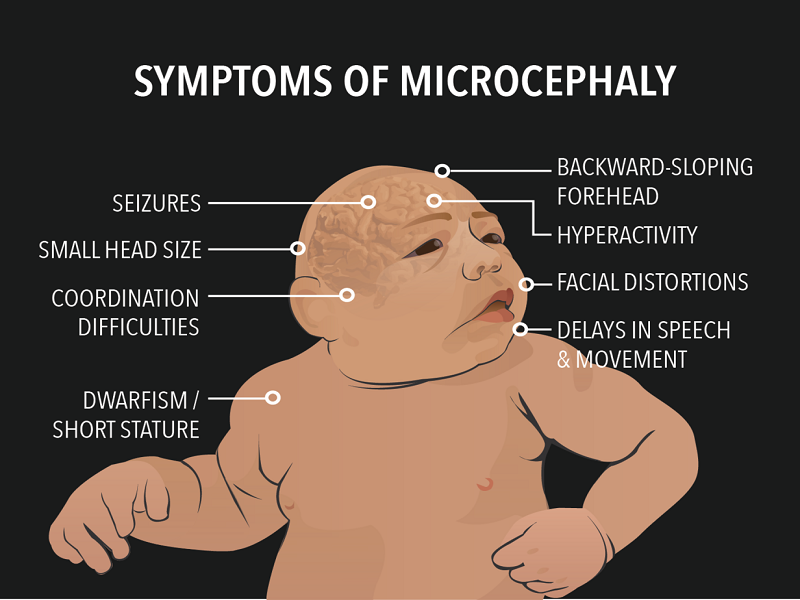The Zika Virus
Zika Virus Update
The Zika Virus
With the advent of the Zika Virus, we’ve seen its devastating effect of reduced brain sizes on unborn babies (microcephaly). This disease also affects the general population and is a disease to be reckoned with especially because it is so easily transmitted through mosquito bites. Although the African Zika virus has existed for many years, we know very little about the long-term effects of a Zika infection on humans. One thing is certain, we need answers as quickly as possible.
GMT believes the PCI-1 will destroy the Zika Virus just as we have been able to destroy every other virus that we have tested. Viruses are actually quite easy to kill and they are indeed fragile protein complexes. They’re more difficult to find and kill however when they have entered other cells where they hide and cause the greatest damage. GMT is confident that our General Infectious Disease Protocol will demonstrate effectiveness against the Zika Virus.
The questions have already been answered:
1. How many treatments must be administered? Three to Six treatments, at the same energy level being utilized currently in the PCI-1, are required.
2. Can a pregnant mother be given a treatment? Pregnant mothers can be given treatments after their first trimesters.
3. Will the treatment protect a fetus as well as the mother? Yes, the treatment will protect both the mother and fetus
4. Can our PCI-1 treatment be given as a preventative measure? Yes, the treatment can be given as a preventative measure but we are working on lowering the costs even further from what it is now, so it’s not prohibitive for developing countries.
We believe we can provide the UVBI PCI-1 treatment to people infected with the Zika Virus for $200 to $300 per regiment. If treatment is to be given as a preventive measure, then the cost per year will be approximately $4,000 dollars. While this cost is dramatically lower than other pharmaceutical treatments, it may still be too high for developing and underdeveloped countries. For this reason, GMT is continually attempting to lower costs to make the PCI-1 treatment available to the people that need it most.
GMT is working on various additional cost-lowering regimens including a treatment administered via the “respiratory route”. This modality of irradiation will change everything and will allow anyone to give themselves a treatment whenever and wherever they need one. Additionally, this treatment modality would greatly reduce the cost of administration and ultimately be a very cost-effective treatment for the Zika virus and many other diseases.

More About Zika
Many people infected with the Zika Virus may not even show symptoms or may only have mild symptoms. The most common symptoms of Zika are
- Fever
- Rash
- Headache
- Joint pain
- Red eyes
- Muscle pain
Symptoms can last for several days to a week. Adults don’t normally get sick enough to go to the hospital, and they very rarely die of Zika. Once a person has been infected with Zika, they are likely to be protected from future infections.
However, a Zika infection during pregnancy can cause a severe birth defect of the brain called microcephaly and other brain defects. It is also linked to other medical issues such as miscarriage, stillbirth, and other birth defects. There have also been increased reports of Guillain-Barré syndrome, an uncommon sickness of the nervous system, in areas affected by Zika.
The geographical distribution of the Zika Virus (ZIKV) has expanded globally, particularly since 2015 in the Americas. Since 2013, 31 countries and territories have reported cases of microcephaly and other central nervous system malformations associated with ZIKV infection, as of 17 February 2017.



